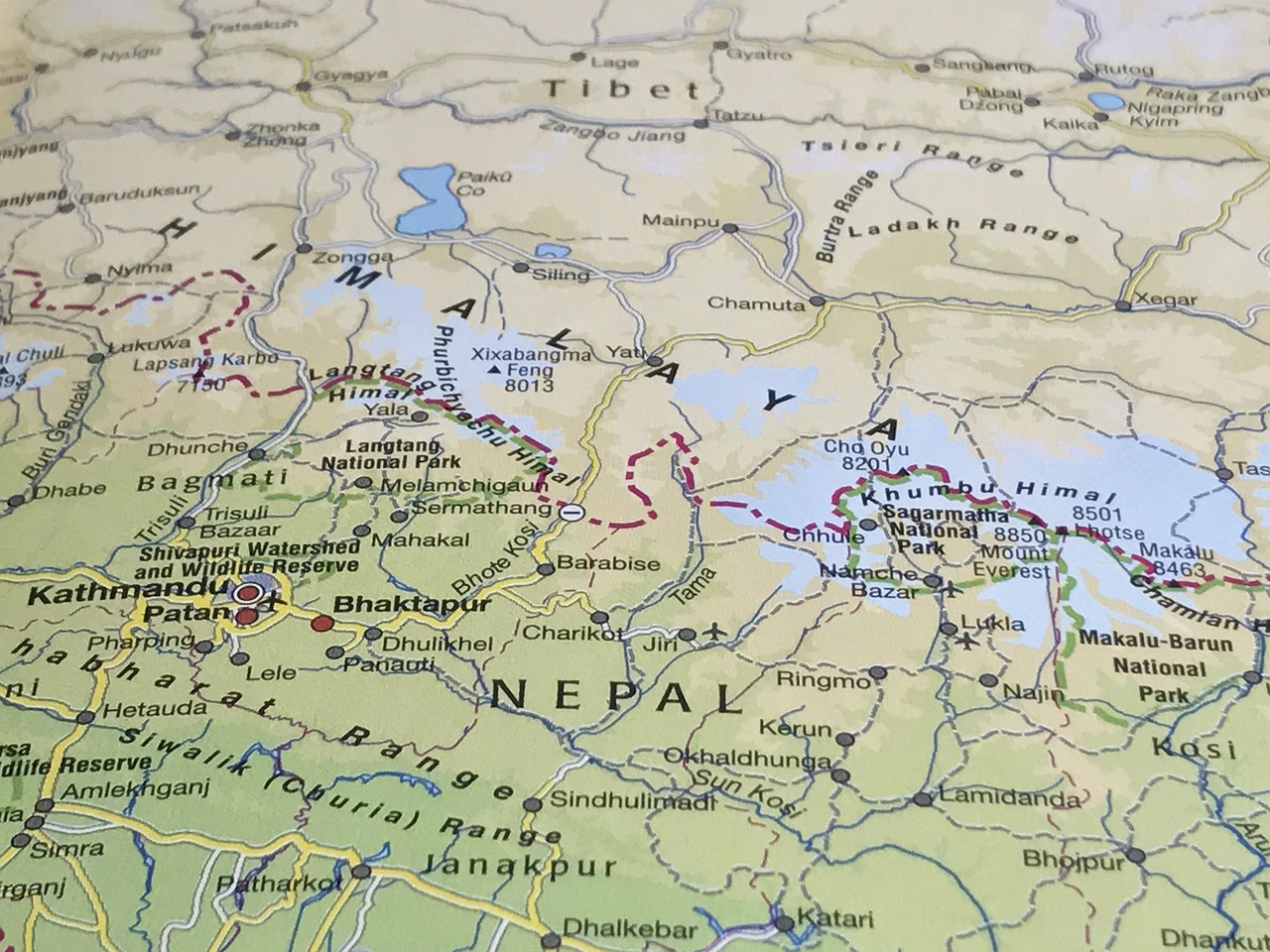On November 20th, 2022, Nepal went to polls.
The results of these elections (screen grab from the Election Commission of Nepal) are as under.
The results are only for the elected seats.

As we can see, no single party could reach the halfway mark.
To form the government, a party or coalition needs to have 138 seats OR the support of 138 parliamentarians.
The original forecast
It was largely assumed that the leader of the Nepal Congress and the incumbent Prime Minister, Shri Sher Bahadur Deuba (whose party won 89 seats and emerged as the single largest party), would form an alliance with Shri Prachanda. Their alliance was official until Sunday.
However, the negotiations over the formation of the government failed. It is believed that Shri Prachanda wanted to be the Prime Minister – a condition that was not accepted by Shri Deuba.
Shri Deuba, by his own admission, enjoyed the confidence of both the US and India.
This is because the other main opposition party, the Communist Party of Nepal (Unified Marxist-Leninist), headed by Shri Kharga Prasad Oli, is pro-China.
The Final Outcome
However, finally, Shri Oli and Shri Prachanda came together to form the government with the support of 170 MPs, well above the 138 required.
Shri Prachanda’s Communist Party of Nepal (Maoist Centre) had 32 seats while Shri Oli’s party had 78 seats. Together, this comes to 110. They then got the support of Rastriya Swatantra Party (20 seats), Rastriya Swatantra Party (14 seats), Nagarik Unmukti Party, Janmat Party, and others.
The Path Ahead
Elections for the posts of Speaker, Deputy Speaker, President, and Vice President, are due shortly. (President and Vice President in March 2023).
The second challenge is making the coalition work.
For India and US, this is not very good news, because Oli has been openly pro-China in the past. For India, Nepal is an important neighbour, wedged as it is between China and India.

